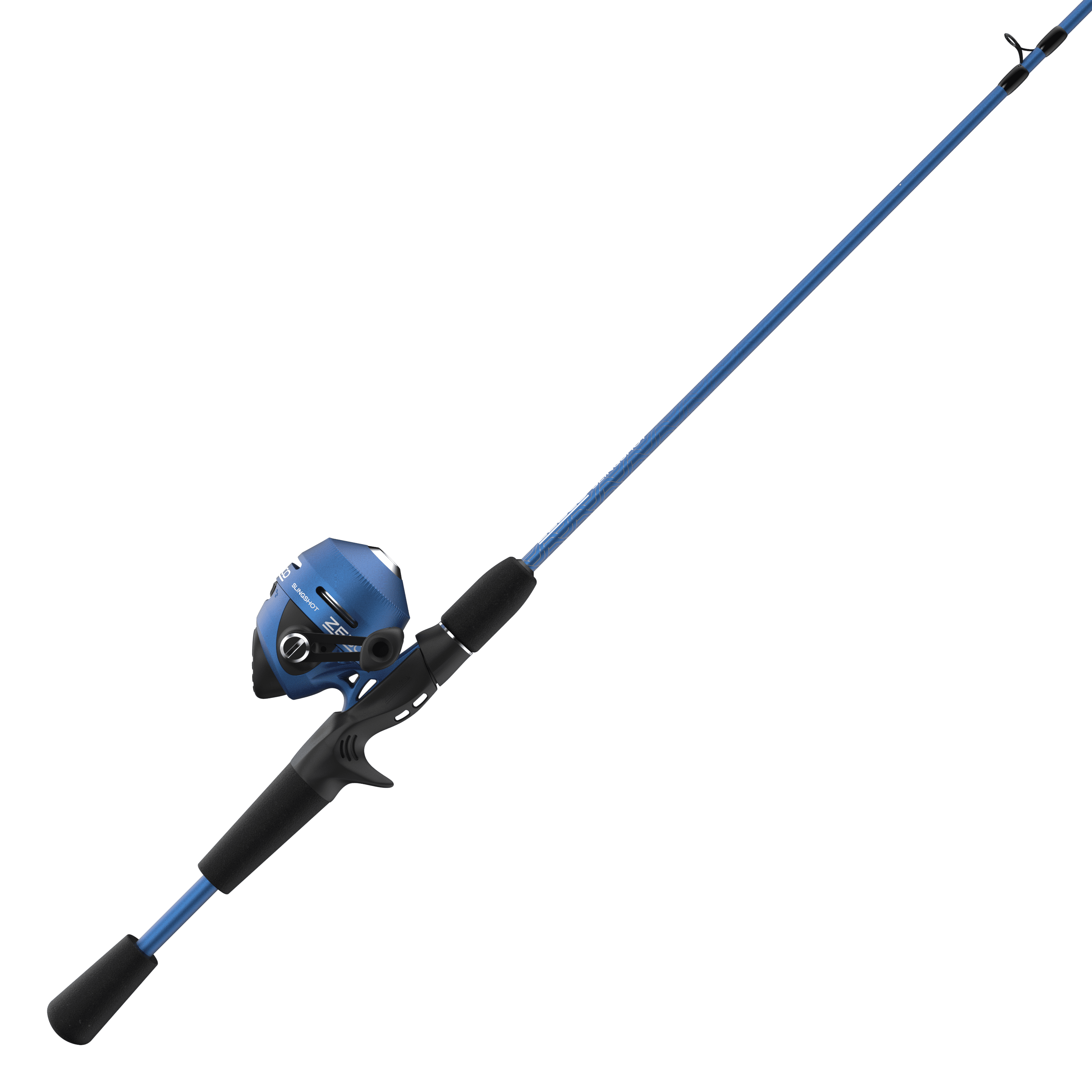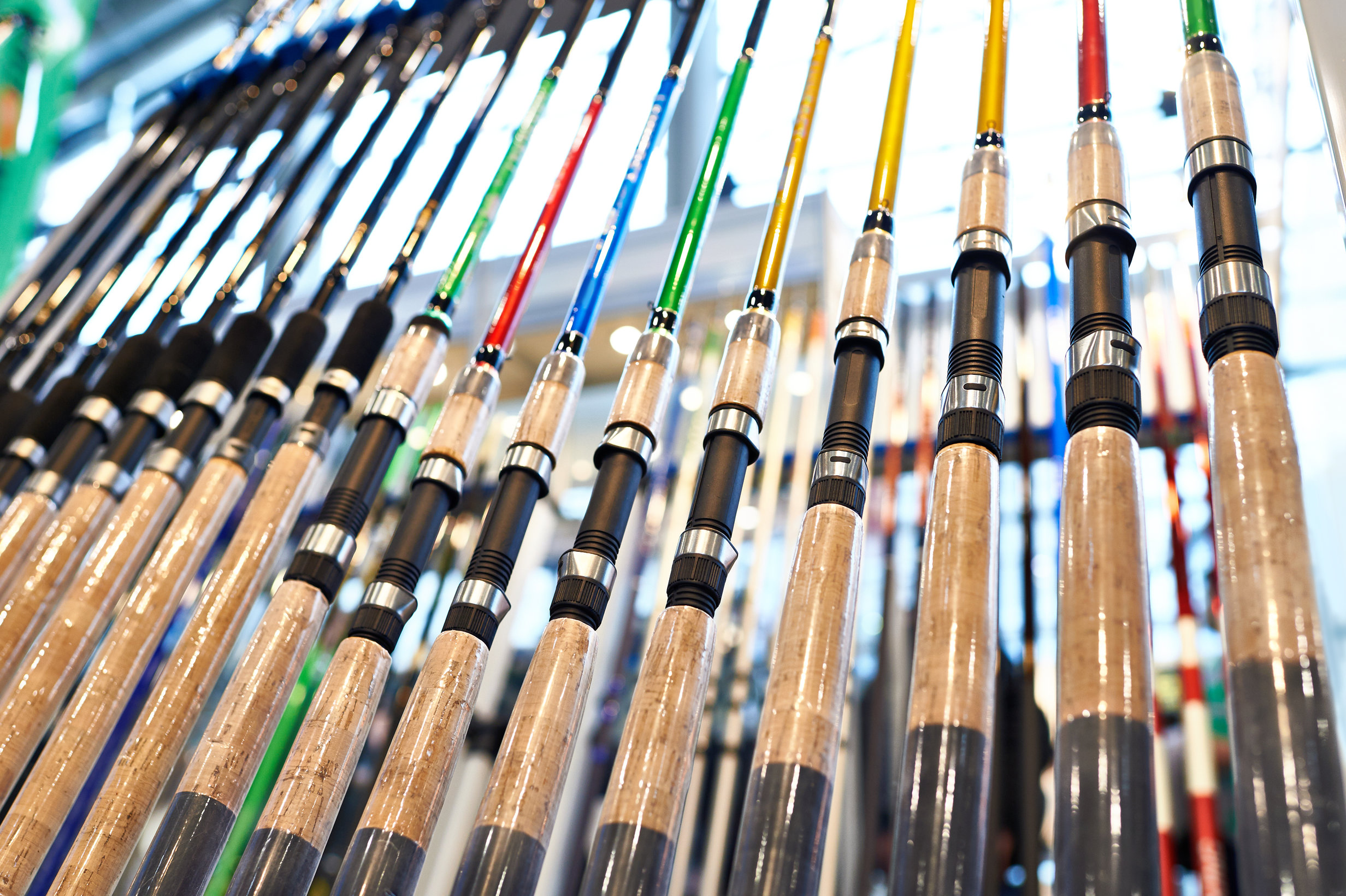Rod Blanchard - Exploring The Simple Yet Profound 'Rod'
Have you ever stopped to truly think about the humble "rod"? It's a word we use quite often, yet its many forms and functions are, you know, really quite remarkable when you consider them. From the natural world all around us to the very structures that hold our buildings up, the idea of a "rod" seems to weave its way through so much of what we experience. We might not always notice it, but this simple shape, a long and slender piece of something, plays a surprisingly big role in our daily routines and the broader world. It's almost as if this basic form, a straight, thin element, is a fundamental building block, appearing in so many different ways and serving so many purposes, too.
When we begin to look closer, it becomes clear that the concept of a "rod" isn't just one thing. It's a whole collection of ideas, each with its own special place. You could say it's a bit like a foundational element, showing up in places you might expect and in some spots that are, well, rather surprising. This simple form, whether it is something from nature or a creation of human hands, often provides strength, direction, or a way to measure things. It's a concept that stretches across so many different areas, from the smallest parts of our bodies to the tools that help us build grand structures.
So, what exactly are we talking about when we say "rod"? It turns out, this term holds a wealth of meanings, each one adding another layer to our appreciation for this often-overlooked item. From its natural origins as a simple stick to its complex roles in engineering and even our own biology, the "rod" is, in some respects, truly everywhere. Let's take a closer look at what this familiar yet diverse concept truly encompasses, exploring its various forms and functions, and perhaps seeing it with fresh eyes.
Table of Contents
- What Is a Rod, Really?
- Rods in Nature and Simple Tools
- How Do We Use Rods in Our Everyday Lives?
- The Surveyor's Rod - A Measure of Space
- Rods in Our Bodies - A Hidden Function
- What About Rods in Buildings and Beyond?
- Are All Rods the Same? Exploring Different Materials
- The Many Definitions of a Rod - A Rod Blanchard Perspective
What Is a Rod, Really?
When someone mentions the word "rod," what comes to your thoughts, you know, first? For many, it might bring up an image of something long and thin, perhaps made of wood or metal. And that's pretty accurate, actually, for a good number of its uses. A rod is, at its core, a straight, slender piece of material. This material could be anything from a simple piece of wood to something much more refined, like a polished metal bar or even a specialized glass component. It's a shape that's inherently about direction and often about support. It's quite interesting how such a straightforward form can take on so many different roles, isn't it? The very essence of a rod seems to be its linear quality, its ability to extend in one direction, offering a clear path or a firm backbone. It's a concept that, you know, appears in so many places, from the very basic to the surprisingly complex. So, a rod, in its most general sense, is a long, narrow object that tends to keep a straight line, ready to serve a purpose.
Rods in Nature and Simple Tools
Think about a walk through the woods, or even just looking at a garden bush. You might notice a slender stick, maybe one that's grown directly from a tree or perhaps a piece that's broken off. That, in a way, is a natural rod. It's a straight, or nearly straight, shoot or stem, cut from or still part of a plant. These natural rods have been used by people for ages, for instance, as simple tools or for building. They are, you know, readily available and surprisingly versatile. Imagine a walking stick, just a simple branch picked up from the ground – that's a rod in its most basic, functional form. Or consider a fishing rod, which, while more complex today, still holds onto that fundamental idea of a long, thin element for a particular job. The essence of a rod as a simple, elongated piece of natural material is quite old, and it shows how even the most straightforward items can be incredibly useful. It's a testament to how, you know, we've always looked to nature for our fundamental tools and resources.
How Do We Use Rods in Our Everyday Lives?
It's fascinating how many "rods" we encounter daily without even thinking about them, you know? Take your windows, for instance. Those curtain rods that hold up your drapes are a perfect example of a rod in action. They're long, thin bars, often made of metal, that provide support for something else. Or, if you've ever seen a building being constructed, you might have noticed steel rods sticking out of the concrete. These aren't just there for show; they're actually quite important. They give the concrete extra strength, helping the building stand sturdy against the elements and time. So, a rod is very much a foundational element in many of our structures, whether visible or hidden away. They provide that essential framework, that backbone, that allows things to stay put and hold their shape. It's really quite something how these simple, linear forms play such a crucial part in keeping our environments functional and safe, isn't it?
The Surveyor's Rod - A Measure of Space
Did you know that a "rod" also has a historical meaning as a unit of measurement? Back in the day, and even in some systems today, a rod, also called a perch or a pole, was a tool used by surveyors. It was, you know, a physical stick or bar that helped them measure distances on land. What's even more interesting is its specific length: in the British Imperial and US customary units, a rod is defined as sixteen and a half feet. That's a very precise measurement for something that started as a simple stick, isn't it? This historical use shows how a practical tool evolved into a standardized unit, helping people define property lines and plan out spaces. It's a good example of how something as straightforward as a "rod" could be formalized to help organize the world around us. So, in a way, the rod isn't just about what it's made of, but also about what it helps us figure out, like how much land we're talking about.
Rods in Our Bodies - A Hidden Function
Perhaps one of the most surprising places you'll find "rods" is, you know, inside your own body. Deep within the retina, which is the part at the back of your eye that senses light, there are special cells called rods. These aren't like the metal bars or wooden sticks we've been talking about, of course. These are biological structures, tiny and specialized, that play a very important role in how we see. Specifically, they're responsible for our vision in dim light and for detecting motion. Without these microscopic "rods," our ability to see at night or to notice something moving in our peripheral vision would be, well, greatly reduced. It's pretty amazing to think that a word used for a simple stick also describes a crucial component of our complex visual system. This just goes to show how broad the term "rod" can be, extending far beyond the physical objects we can touch and hold, into the very biology that makes us who we are.
What About Rods in Buildings and Beyond?
Let's go back to the world of construction and everyday items, because that's where we see a lot of what a "rod" can do. We talked about steel rods reinforcing concrete, which is, you know, a pretty common sight. These rods are often thin, straight pieces of metal that are put into concrete to give it extra tensile strength, making it much harder to crack or break. But the uses don't stop there. Think about a lightning rod on top of a building. That's a specific type of rod, usually made of metal, that's there to protect the structure by attracting lightning and safely guiding its electrical charge into the ground. Or consider a simple metal bar that might be part of a machine, helping to transmit a mechanical force or guide a moving part. These are all examples of rods serving very practical purposes, often as supports, guides, or ways to move things. They are, you know, truly unsung heroes in many of the systems and structures that surround us.
Are All Rods the Same? Exploring Different Materials
It's clear that not all "rods" are alike, is that right? While they share the fundamental characteristic of being long and thin, the materials they're made from can vary a lot, which, in turn, changes their function. We've talked about wooden rods, like those found in nature or used as walking sticks. Then there are metal rods, which are incredibly common in construction and machinery because of their strength and durability. But you can also find rods made of plastic, which might be lighter and more flexible, perhaps used in toys or certain types of piping. And then there are glass rods, which can be used in scientific settings or for decorative purposes. Each material brings its own set of properties to the "rod," making it suitable for different tasks. So, a rod isn't just a shape; it's also about the stuff it's made of, and how that material helps it do its job. It's pretty interesting, really, how the same basic form can be so different just by changing the substance it's composed of.
The Many Definitions of a Rod - A Rod Blanchard Perspective
When you look up the word "rod" in a dictionary, you'll quickly discover just how many meanings it holds. For instance, the Oxford Advanced Learner's Dictionary or Collins Cobuild Advanced Learner’s Dictionary will show you that it's often used in compounds, like "steel rods" reinforcing concrete, which we've already discussed. It's described as a long, straight piece of wood, metal, or glass. The sheer number of definitions for this single word is, you know, quite telling. The Oxford English Dictionary, for example, lists thirty-two different meanings for the noun "rod," with a couple of them even being obsolete now. This really highlights how adaptable and fundamental the concept of a "rod" is. It's a term that has been used and reused across various contexts and throughout history, picking up new shades of meaning along the way. It's almost as if the simple, linear form of a rod lends itself to so many different interpretations and uses, making it a truly versatile and enduring concept in our language and in the physical world around us.

Zebco Slingshot Spincast Reel and Fishing Rod Combo, 5-Foot 6-Inch 2

How to Choose a Fishing Rod: The Complete Guide (Updated 2023)

watercolor fishing rod 16536020 PNG